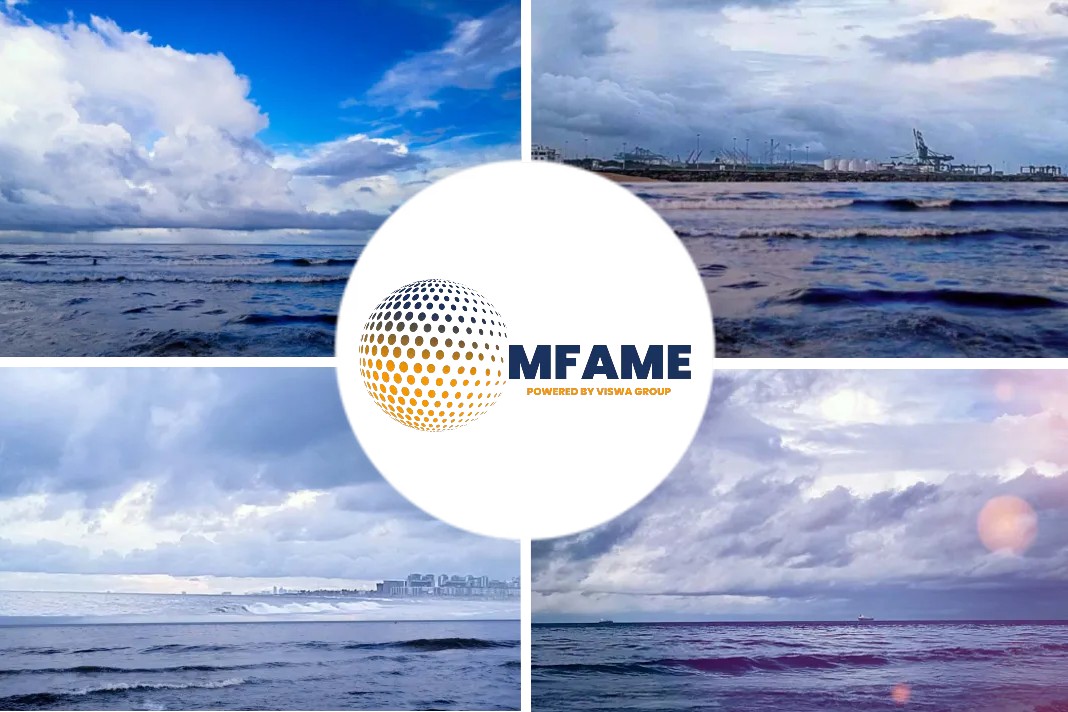
A recent news article published in the Seattle Times speaks about diving drones and a timid octopus: WA treasure hunters find shipwreck.
Waterlogged wood and a fearful octopus
After a dozen expeditions and decades of searching, it was a couple of pieces of waterlogged wood and a fearful octopus that helped two inventive mariners find the wreckage of the SS Pacific.
The legendary steamship sank in 1875 somewhere between British Columbia and San Francisco. The 220-foot vessel was carrying gold worth $5 million today, 230 tons of coal and more than 325 passengers when it was struck by a schooner that mistook it for a lighthouse. Only two survived.
Nearly 150 years later, a few miles south of Cape Flattery, as Jeff Hummel and Matthew McCauley used submergible drones to zero in on what they believed was the Pacific, they spotted an octopus with a tentacle wrapped around an object seemingly made of copper, maybe from the ship.
“We just sat there and stared at her in disbelief,” Hummel said. “And we’re like, well, this must be our shipwreck because every good shipwreck has an octopus.”
His granddaughter named it Lilly, but the cephalopod was gone by the next dive.
Exclusive federal rights to Rockfish Inc.
In November, Rockfish Inc. was granted exclusive federal rights to salvage what remains of the Pacific. Hummel is president of Rockfish and director of the Northwest Shipwreck Alliance.
His background is in marine navigation systems and product design; McCauley’s is in business, diving, history and communications. They launched NSA when both were students at Mercer High School. In 1984, they were sued by the U.S. Navy and won, giving them the rights to a World War II plane they found in Lake Washington.
The pair have been salvaging planes and ships together for decades, but the Pacific is unique.
Clues leading to the wreckage had escaped treasure hunters for over a century.
The ship was bound for San Francisco during the gold rush when it entered a treacherous storm. Navigational tools in the 19th century were not advanced.
The morning of Nov. 4, 1875, the Pacific collided with the sailing vessel Orpheus, following a communication that led the schooner to turn when it shouldn’t have. The captain of the Orpheus was held responsible for what happened to the Pacific, but was not punished.
The Pacific’s captain, Jefferson Davis Howell, was commander of a rebel gunboat during the Civil War. His brother-in-law was former Confederate President Jefferson Davis.
The day before its demise, the ship had picked up passengers in Seattle, Olympia and other small towns on Puget Sound. S.P. Moody, owner of what was then the largest lumber mill in the west, notably came onboard in Victoria, B.C.
What does the kaleidoscopic cargo include?
The kaleidoscopic cargo included wealthy travelers, miners, immigrants, a lumber tycoon and a circus troupe with performing horses.
In many ways the steamboat was as much a slice of gold rush America as much as it was a slice of the Pacific Northwest.
The wreckage is about 23 miles offshore and scattered across a slope about 1,000 to 3,000 feet deep. The work to clear the surrounding debris field could begin as early as 2023, while salvaging the main site will likely start the following year.
Parts of the salvage area are in international waters, so to claim federal protection of the site, the shipwreck alliance needed to bring a piece of the wreckage to court. What they brought was a piece of brick that was likely part of the ship’s steam boiler, and planking from its hull.
“Based on what we’ve seen so far, we believe that there are artifacts on the ship that will blow people’s minds,” said Hummel, who also captains the RV Seablazer.
Rockfish is a company built solely for salvaging the Pacific, and Hummel’s efforts to recover the wrecked steamship have been supported for years by 45 benefactors contributing $2.1 million.
Aboard the Seablazer earlier this month in Seattle’s Salmon Bay, mounted on rolling carts next to Hummel were the two submergible drones — nicknamed Falkor and Draco — used to case underwater sites. He designed and built the drones, along with other robotics used in a dozen expeditions to arduously narrow in on the Pacific.
“It’s better to leave it where it is than to do it wrong,” Hummel said.
The salvagers will first recover the surrounding site, as stretches of seabed have been raked in different directions by trawling nets. Then their efforts will focus on the ship itself.
It’s unlikely any human remains will be found after so much time has elapsed.
Still, sonar and video footage of the site indicates a shipwreck in “remarkable condition.”
Everything recovered will be subject to claim by family members, as the legal process demands. After that, Hummel and McCauley said the plan is to build a museum somewhere near Puget Sound. Profits will be shared among the volunteer crew, but finding and safely retrieving objects that have been submerged for over a century will be a challenge.
Did you subscribe to our daily newsletter?
It’s Free! Click here to Subscribe!
Source: Seattle Times






















